Tokyo's Timeless Treasures Unveiled
Embark on a captivating journey through Tokyo's rich history, stunning architecture, and vibrant culture on this engaging free walking tour.
Time
3 Hours
Stops
9 Places
Distance
4.0 km
Tokyo Station
Begin your tour at Tokyo Station, an architectural marvel and one of Japan's busiest railway hubs, known for its beautiful red brick facade reminiscent of European architecture.
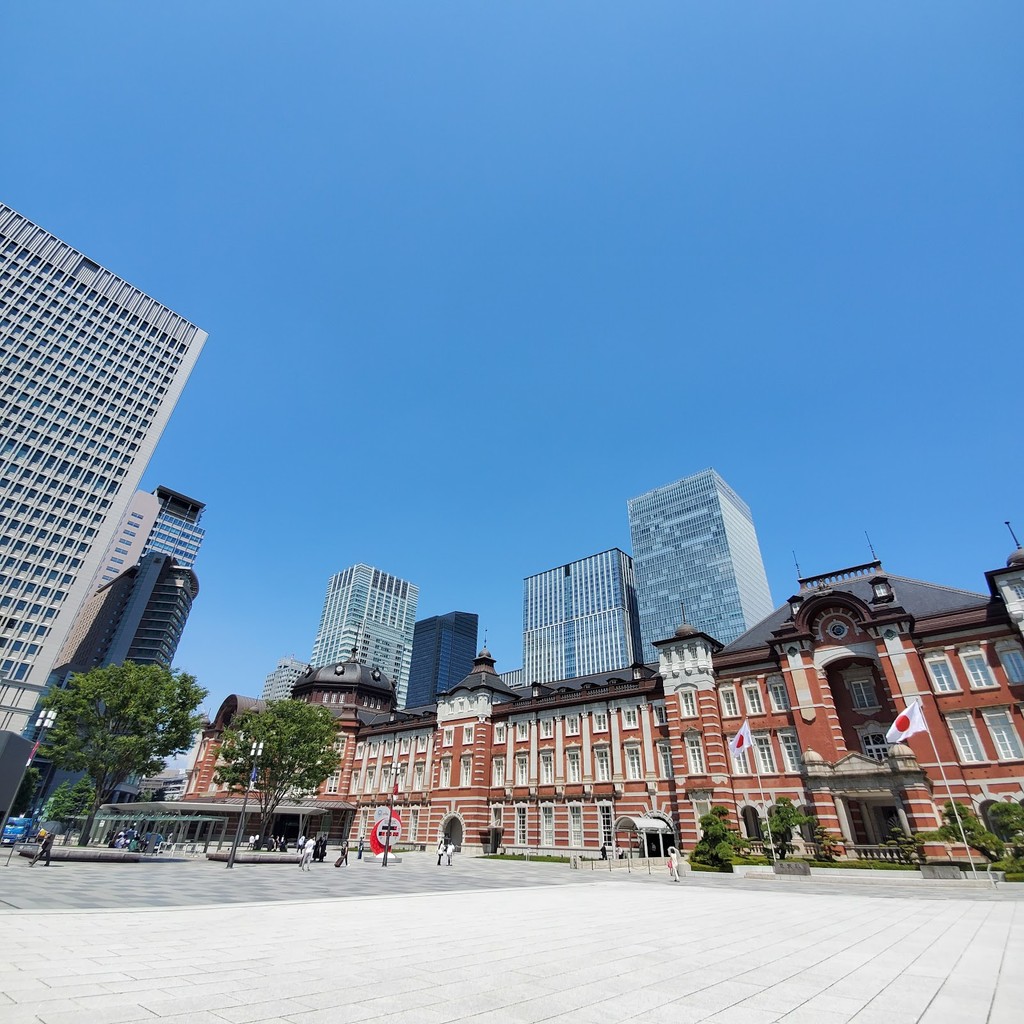
Tokyo Station (Source: Google Maps)
Tokyo Station, completed in 1914, is an iconic railway hub known for its striking red brick architecture, which draws inspiration from European Renaissance styles. The station serves as a vital transportation center, connecting travelers to various regions of Japan and beyond. Not only is it a functional transit point, but it also houses a plethora of shops and dining options, making it a popular destination for both locals and tourists. The station's beautiful dome and intricate facade were meticulously restored during renovations in the early 2000s, allowing visitors to appreciate its historical significance while enjoying modern amenities. The surrounding area is bustling with activity, blending traditional and contemporary elements of Tokyo's urban landscape.
Mitsubishi Ichigokan Museum
Continue your tour with a visit to the Mitsubishi Ichigokan Museum, a restored 19th-century building showcasing Western-style architecture and a collection of Western art.
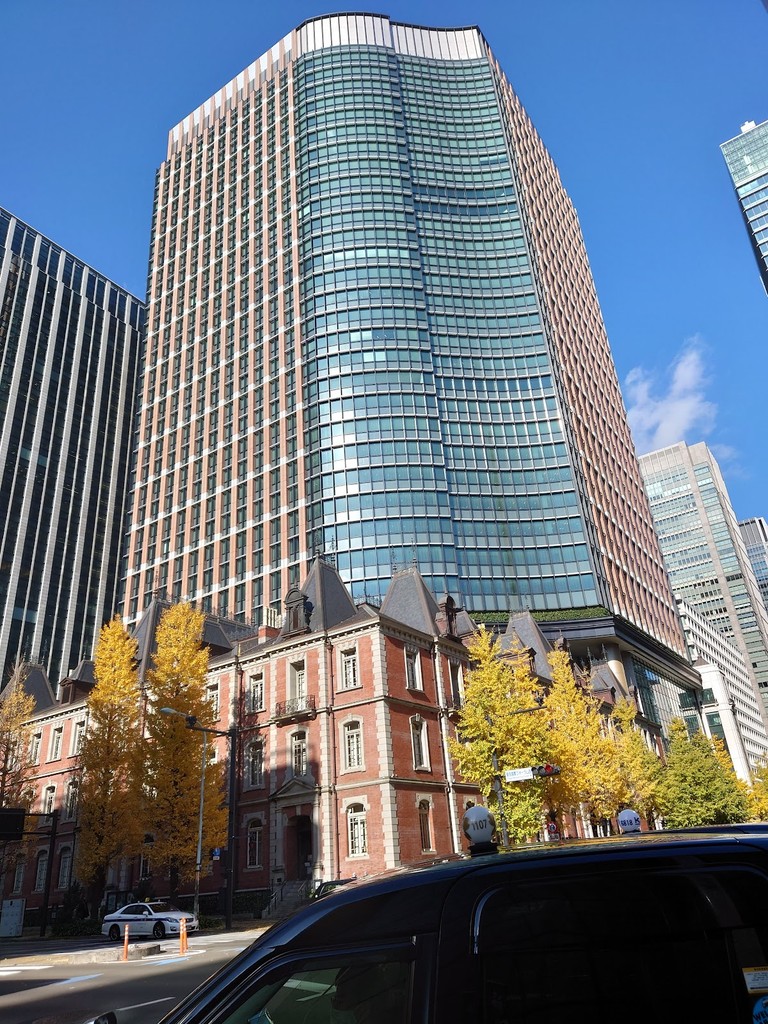
Mitsubishi Ichigokan Museum (Source: Google Maps)
The Mitsubishi Ichigokan Museum, originally constructed in 1894, is a beautifully restored building that exemplifies Western-style architecture in Japan. This museum is dedicated to showcasing Western art, featuring a diverse collection ranging from the 19th century to contemporary pieces. Its elegant design, complete with red brick and large windows, reflects the architectural trends of the Meiji era when Japan was opening up to Western influences. The museum not only serves as an art gallery but also as a cultural hub, hosting various exhibitions and educational programs. Visitors can explore the harmonious blend of history and modernity within its walls, appreciating both the art and the architectural significance of the building itself.
Marunouchi Building
Just a short walk from Tokyo Station, explore the Marunouchi Building, a modern skyscraper offering fantastic views of the city and a glimpse into Tokyo's contemporary architecture.
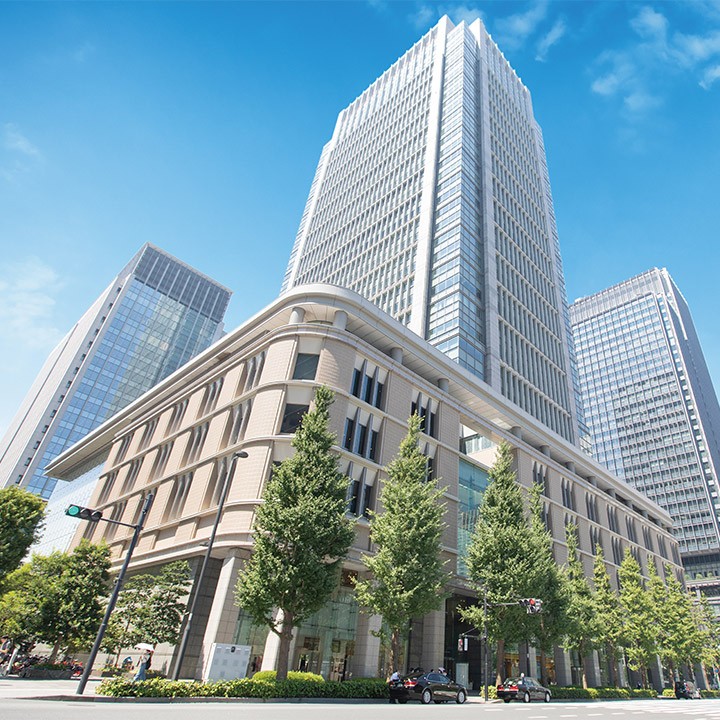
Marunouchi Building (Source: Google Maps)
The Marunouchi Building, completed in 2002, is a modern skyscraper that stands as a testament to Tokyo's architectural innovation. With its sleek glass facade and contemporary design, it contrasts sharply with the historical buildings nearby. The structure houses offices, shops, and restaurants, offering a dynamic environment for work and leisure. The building's observation deck provides breathtaking views of the Tokyo skyline, allowing visitors to appreciate the city's blend of tradition and modernity. The Marunouchi area is known for its vibrant atmosphere, and the building plays a crucial role in this, serving as a hub for business and culture. Its design reflects the forward-thinking spirit of Tokyo, making it a must-visit landmark for those interested in the city's architectural evolution.
Imperial Palace East Gardens
Wander through the serene Imperial Palace East Gardens, a historic site that provides a peaceful retreat with its beautiful landscapes and remnants of Edo Castle.
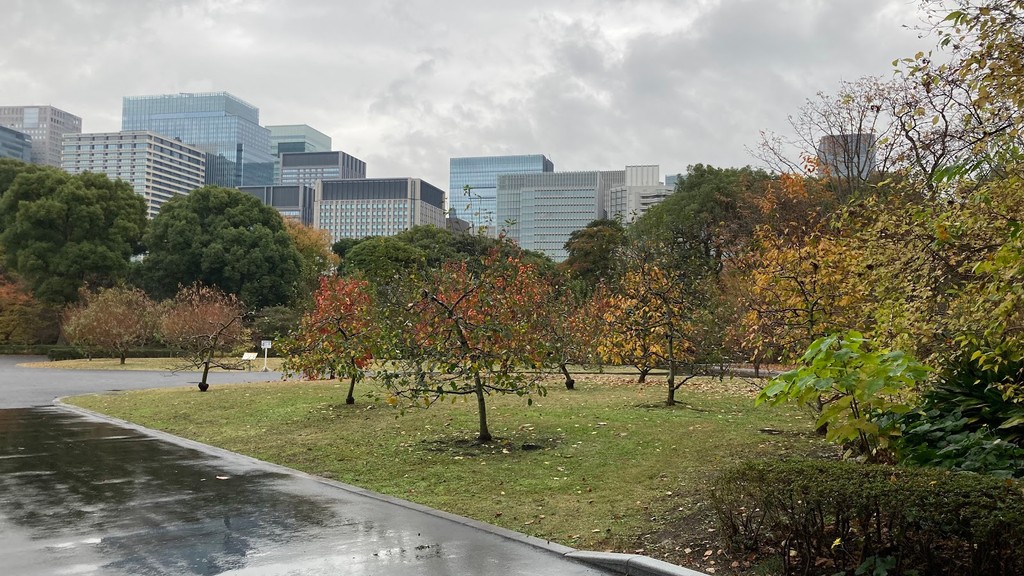
Imperial Palace East Gardens (Source: Google Maps)
The Imperial Palace East Gardens are a serene oasis in the heart of Tokyo, serving as a reminder of the city's historical roots. These gardens were once part of the inner palace grounds of the Edo Castle, which was the residence of the Tokugawa shoguns. The gardens feature beautifully manicured landscapes, ancient trees, and remnants of the castle's fortifications, including stone walls and moats. Visitors can stroll along winding pathways, enjoying the tranquil atmosphere and picturesque views. The garden is also home to seasonal flowers, including cherry blossoms in spring and vibrant foliage in autumn, making it a popular spot for both locals and tourists. The East Gardens not only provide a peaceful retreat from the bustling city but also offer insights into Japan's feudal history and the significance of the imperial family.
National Museum of Modern Art, Tokyo (MOMAT)
Explore the National Museum of Modern Art, which houses an extensive collection of modern Japanese art, providing a rich cultural experience.
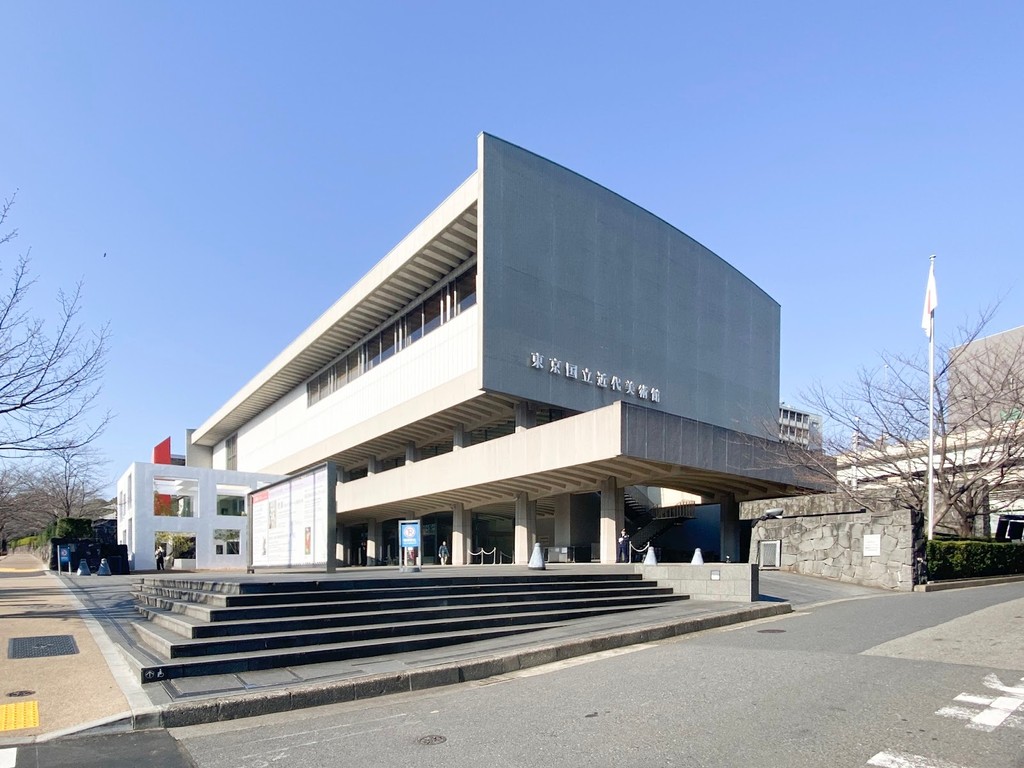
National Museum of Modern Art, Tokyo (MOMAT) (Source: Google Maps)
The National Museum of Modern Art, Tokyo (MOMAT) is a premier institution dedicated to showcasing modern Japanese art. Established in 1952, it houses an extensive collection of artworks from the Meiji period to the present day, providing visitors with a comprehensive overview of Japan's artistic evolution. The museum's architecture itself is a blend of modern design and historical elements, offering a unique backdrop for the art on display. MOMAT hosts various temporary exhibitions, educational programs, and cultural events, encouraging engagement with contemporary art. The collection includes paintings, sculptures, and crafts, highlighting the diverse talents of Japanese artists. Visitors can immerse themselves in the rich cultural heritage of Japan, exploring the intersection of tradition and modernity through the lens of art.
Kitanomaru Park
Enjoy a leisurely stroll through Kitanomaru Park, a lush green space perfect for a relaxing break amidst nature and historical sites.
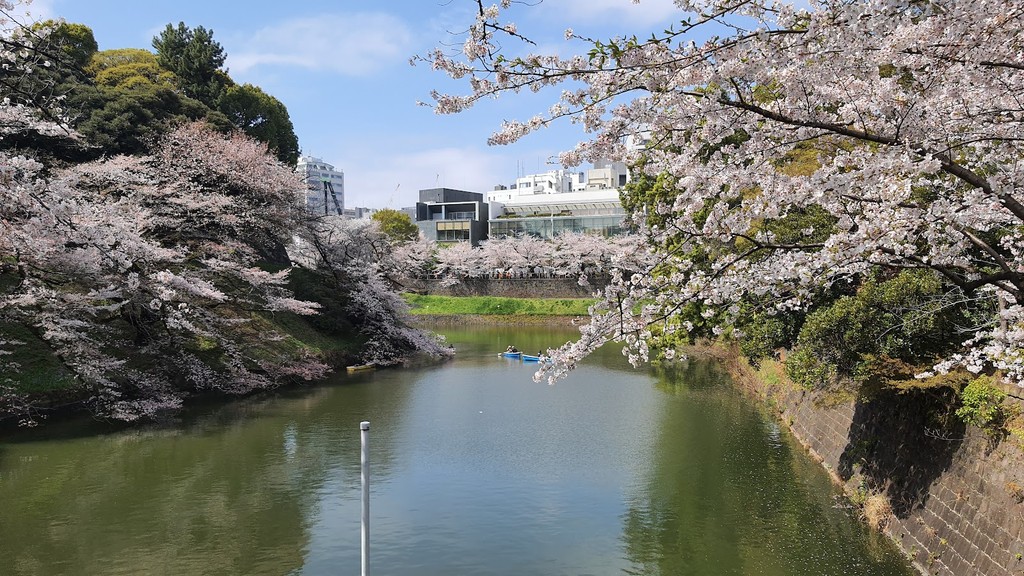
Kitanomaru Park (Source: Google Maps)
Kitanomaru Park is a lush green space that offers a tranquil escape from the urban hustle of Tokyo. Located near the Imperial Palace, the park is steeped in history, as it was once part of the Edo Castle grounds. Visitors can enjoy leisurely strolls along shaded paths, surrounded by cherry blossom trees, azaleas, and other seasonal flora. The park also features historical monuments and remnants of the castle's structures, providing insights into Tokyo's past. Kitanomaru Park is a popular spot for picnics, outdoor activities, and cultural events, making it a vibrant community hub. Its serene atmosphere and natural beauty make it an ideal location for relaxation and reflection, allowing visitors to appreciate the harmony between nature and history in the heart of the city.
Nippon Budokan
Discover the iconic Nippon Budokan, a legendary venue for martial arts and concerts, known for its significant cultural and historical importance.
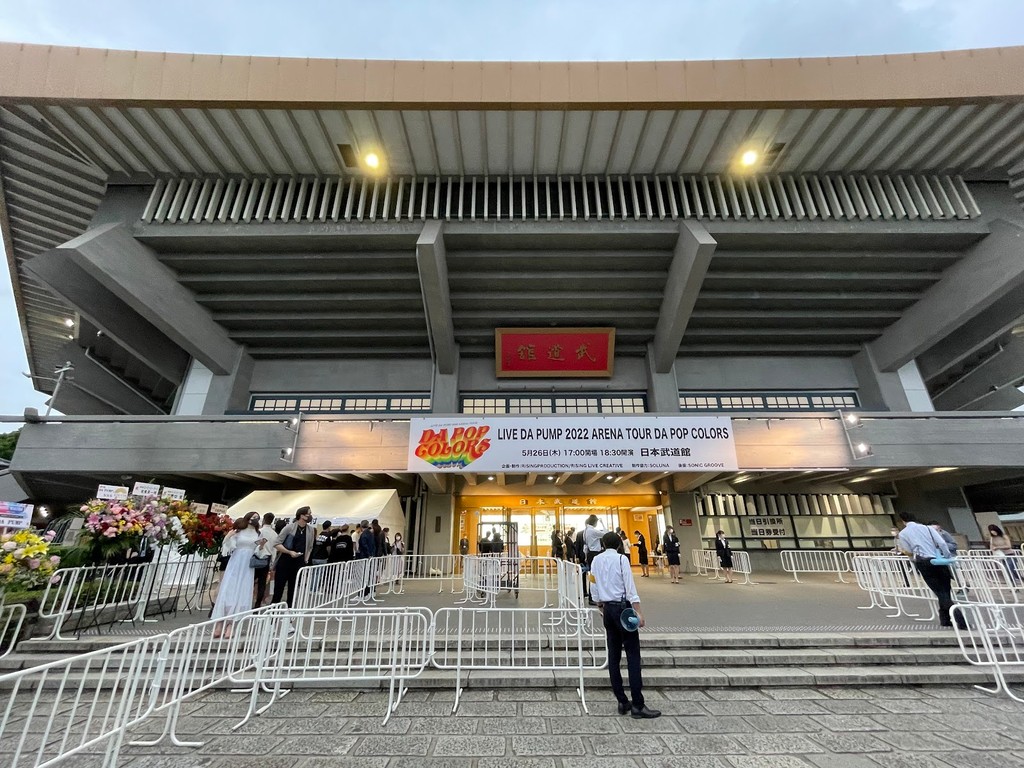
Nippon Budokan (Source: Google Maps)
Nippon Budokan is a renowned martial arts arena and concert venue, located in the heart of Tokyo. Opened in 1964, it was originally built for the judo competition during the Tokyo Olympics. The venue's unique circular architecture and traditional Japanese design elements make it a significant cultural landmark. Over the years, Nippon Budokan has hosted a wide range of events, from martial arts tournaments to concerts featuring international artists. It holds a special place in Japanese culture, symbolizing the country's martial arts heritage and its embrace of global music trends. The venue's historical importance and versatile use have made it a beloved site for both locals and tourists, attracting visitors who appreciate its cultural significance and architectural beauty.
Yasukuni Shrine
Visit the Yasukuni Shrine, a Shinto shrine that commemorates those who died in service of Japan, offering insights into Japan's complex history and culture.
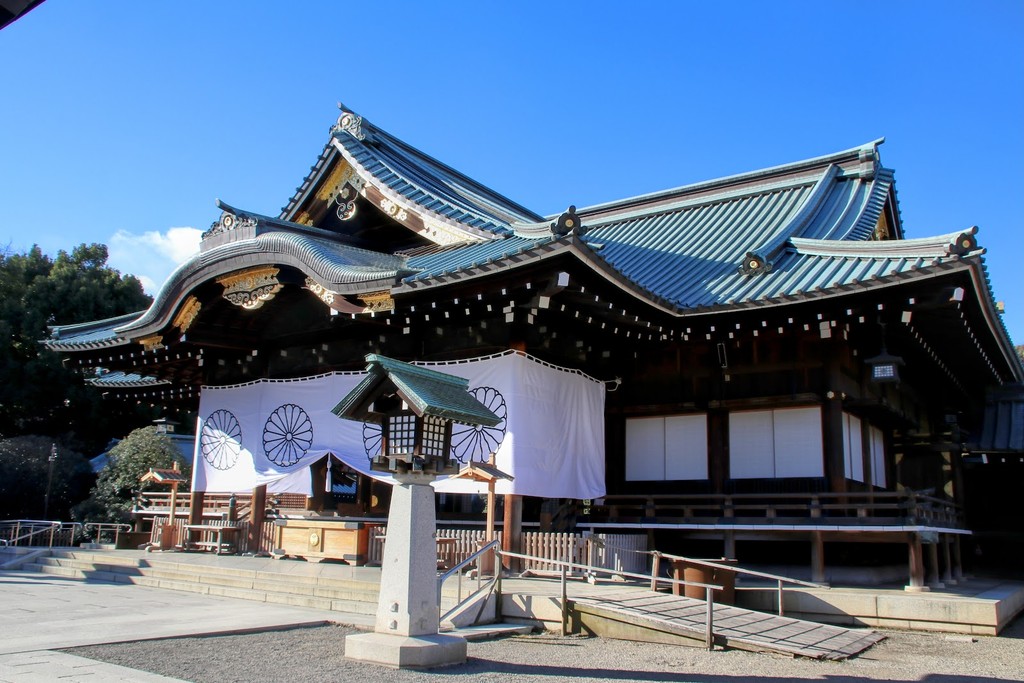
Yasukuni Shrine (Source: Google Maps)
Yasukuni Shrine is a Shinto shrine that plays a critical role in Japan's complex history. Established in 1869, it honors the spirits of those who died in service of the nation, primarily during conflicts from the Meiji Restoration to World War II. The shrine's architecture reflects traditional Japanese design, with a striking main gate and beautifully maintained grounds. It serves as a site of remembrance and reflection, attracting visitors who wish to pay their respects. Yasukuni Shrine is often a focal point of discussions surrounding Japan's militaristic past, and it has been the subject of both domestic and international controversy. The shrine also houses a museum that provides insights into Japan's military history and the sacrifices made by its soldiers, making it an important site for understanding the nation's heritage.
Chidorigafuchi
Conclude your tour with a visit to Chidorigafuchi, a picturesque moat area renowned for its cherry blossoms and scenic beauty, offering a tranquil end to your journey.
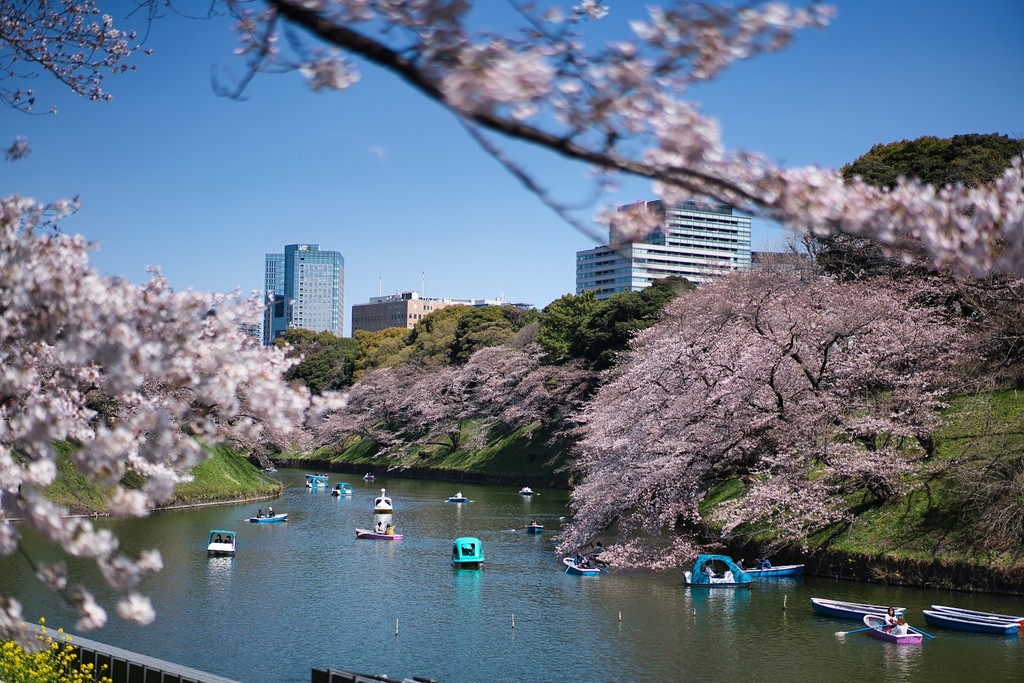
Chidorigafuchi (Source: Google Maps)
Chidorigafuchi is a picturesque moat that surrounds the Imperial Palace, famous for its stunning cherry blossoms in spring. This scenic area offers visitors a serene escape, with beautiful walking paths and rowing opportunities on the moat. The historical significance of Chidorigafuchi dates back to the Edo period when it served as a defensive structure for the castle. Today, it is a popular spot for hanami (flower viewing) during cherry blossom season, attracting crowds who come to admire the breathtaking blooms. The moat is also home to various wildlife, including birds and fish, adding to its natural charm. Visitors can enjoy the tranquil atmosphere while taking in views of the palace and surrounding gardens, making Chidorigafuchi a perfect conclusion to a day of exploring Tokyo's rich history and culture.

Your travels, your rules.
Create your own Free Walking Tours.
Set your preferences, distances and anything you want to do or see.
Completely free, no payment required.